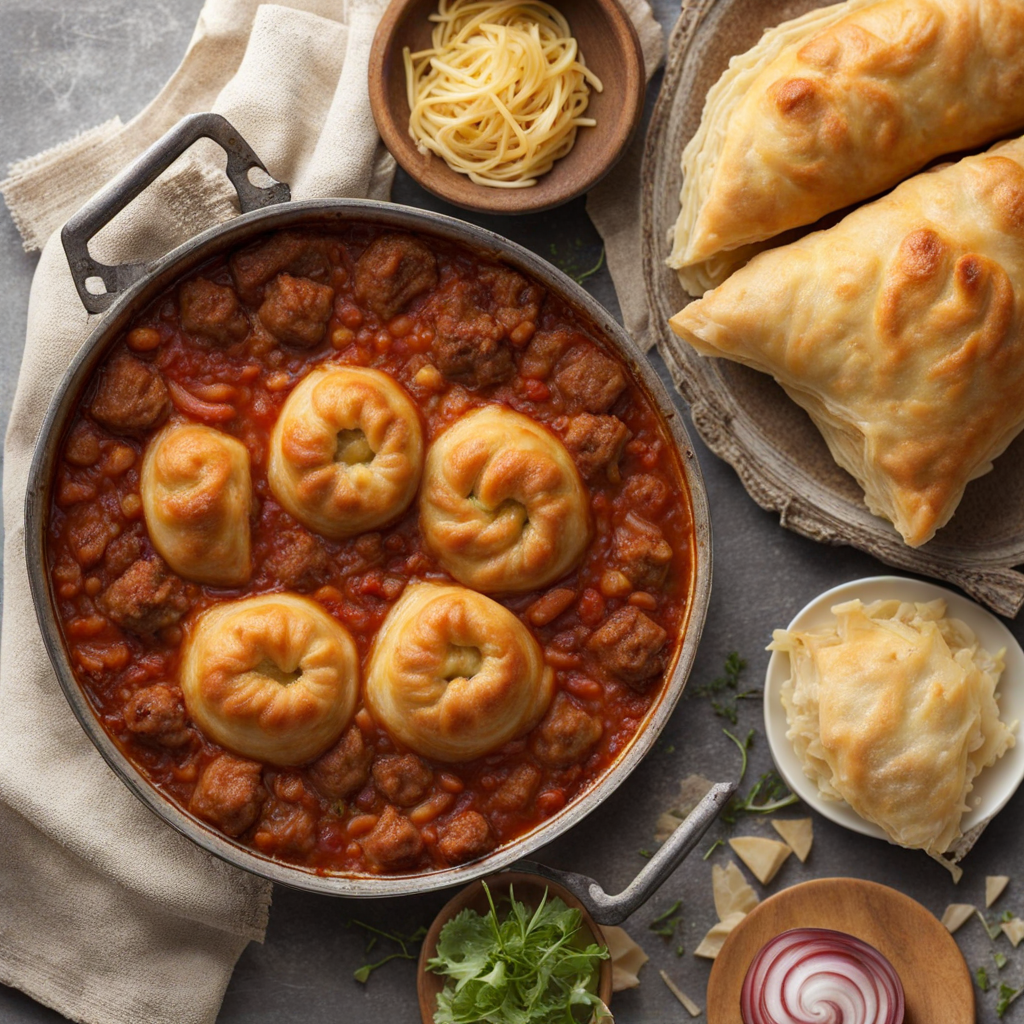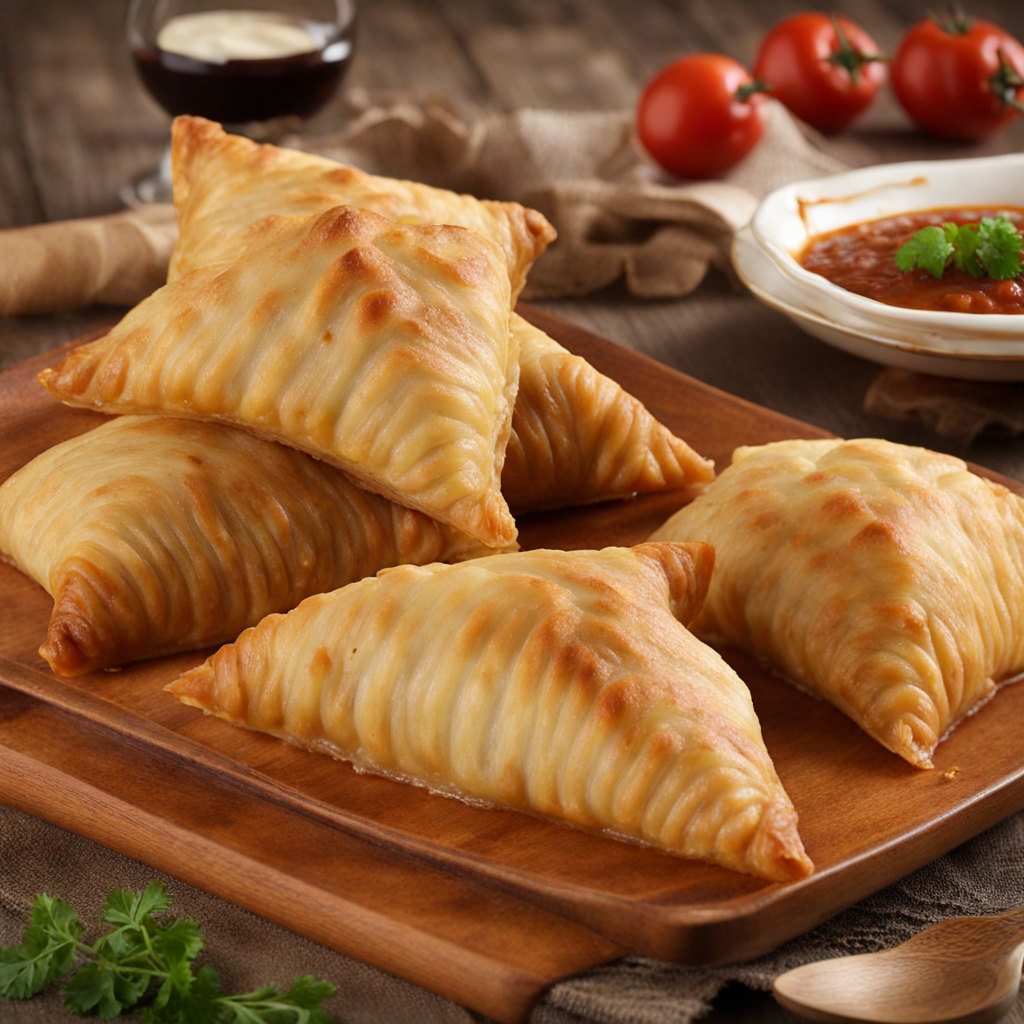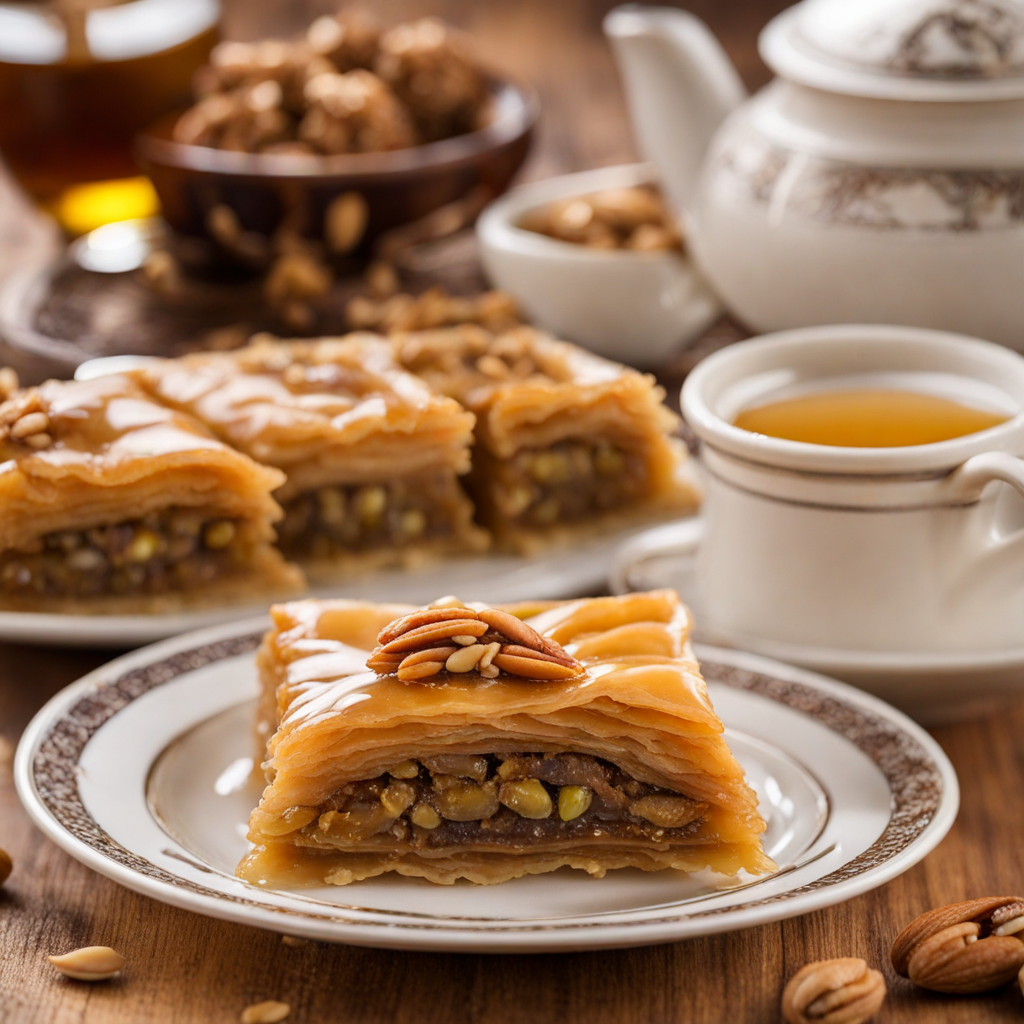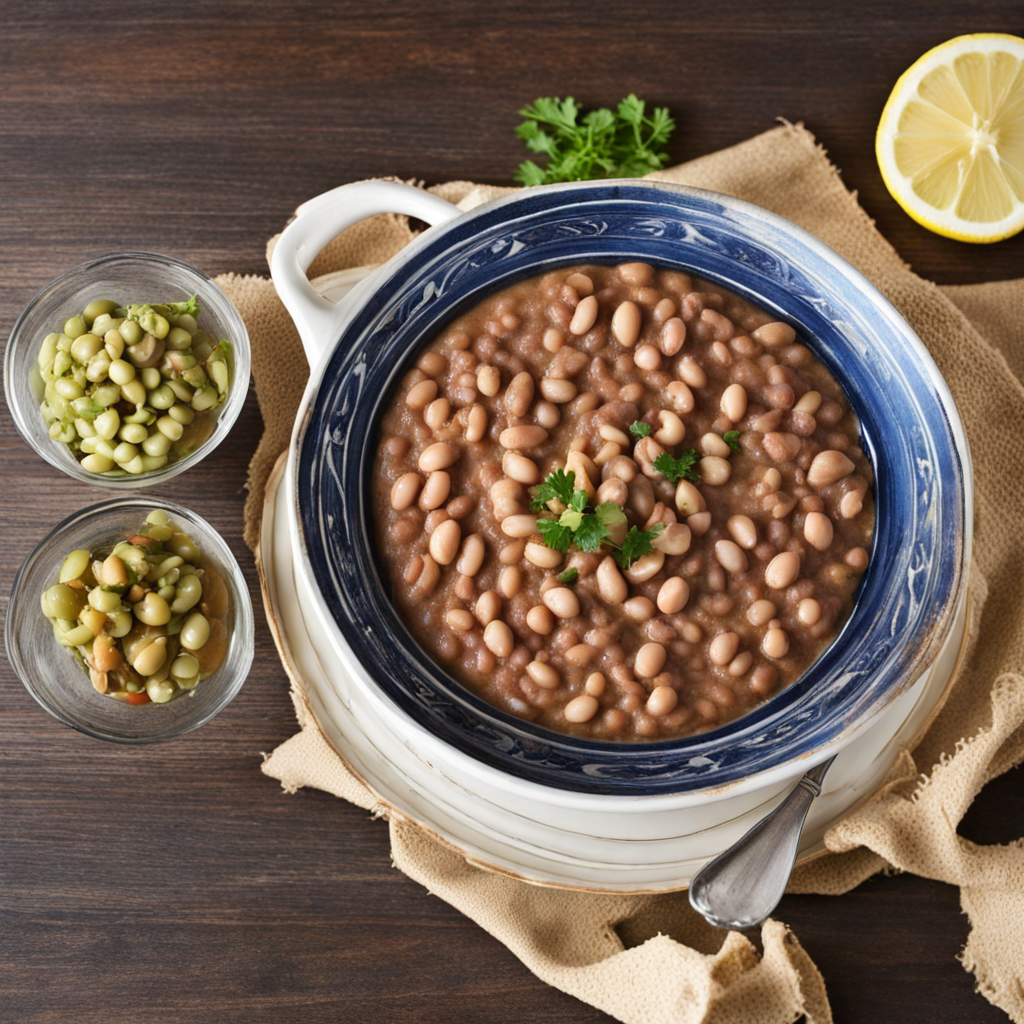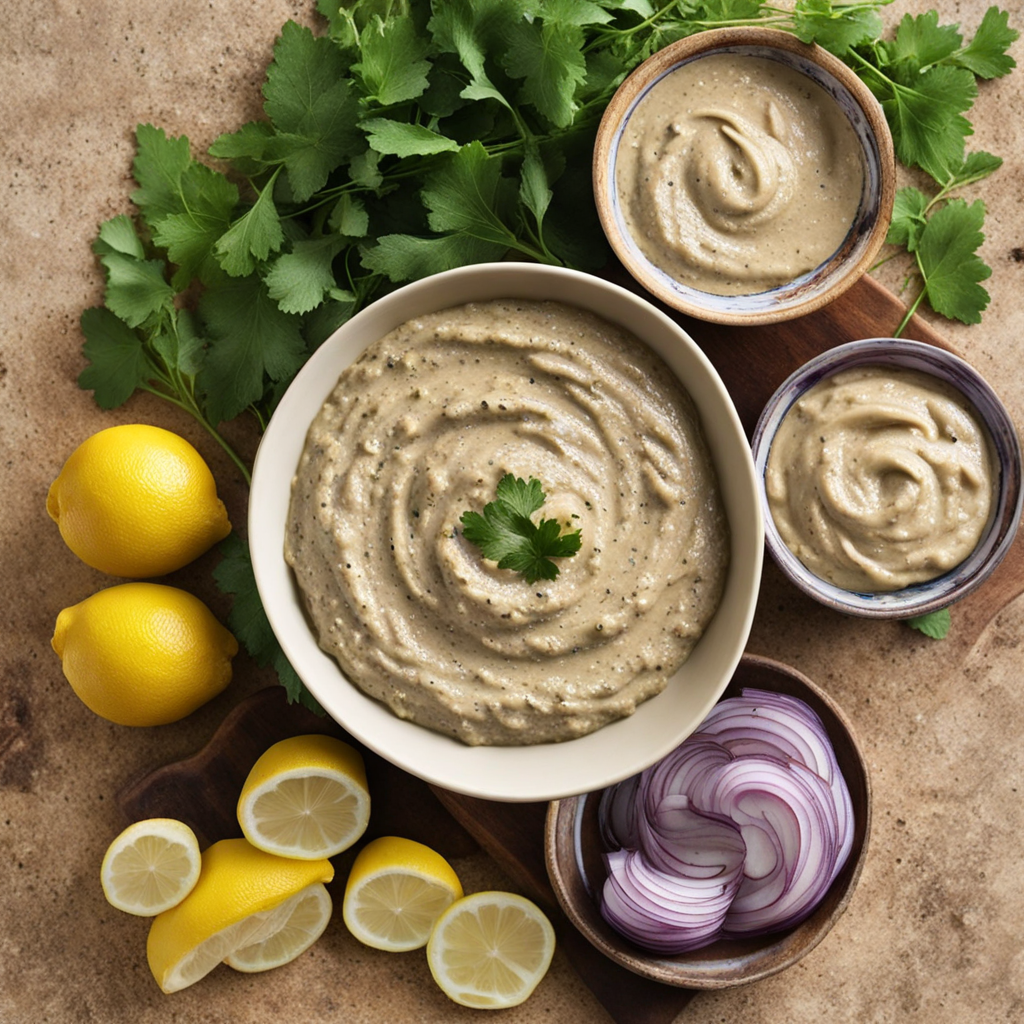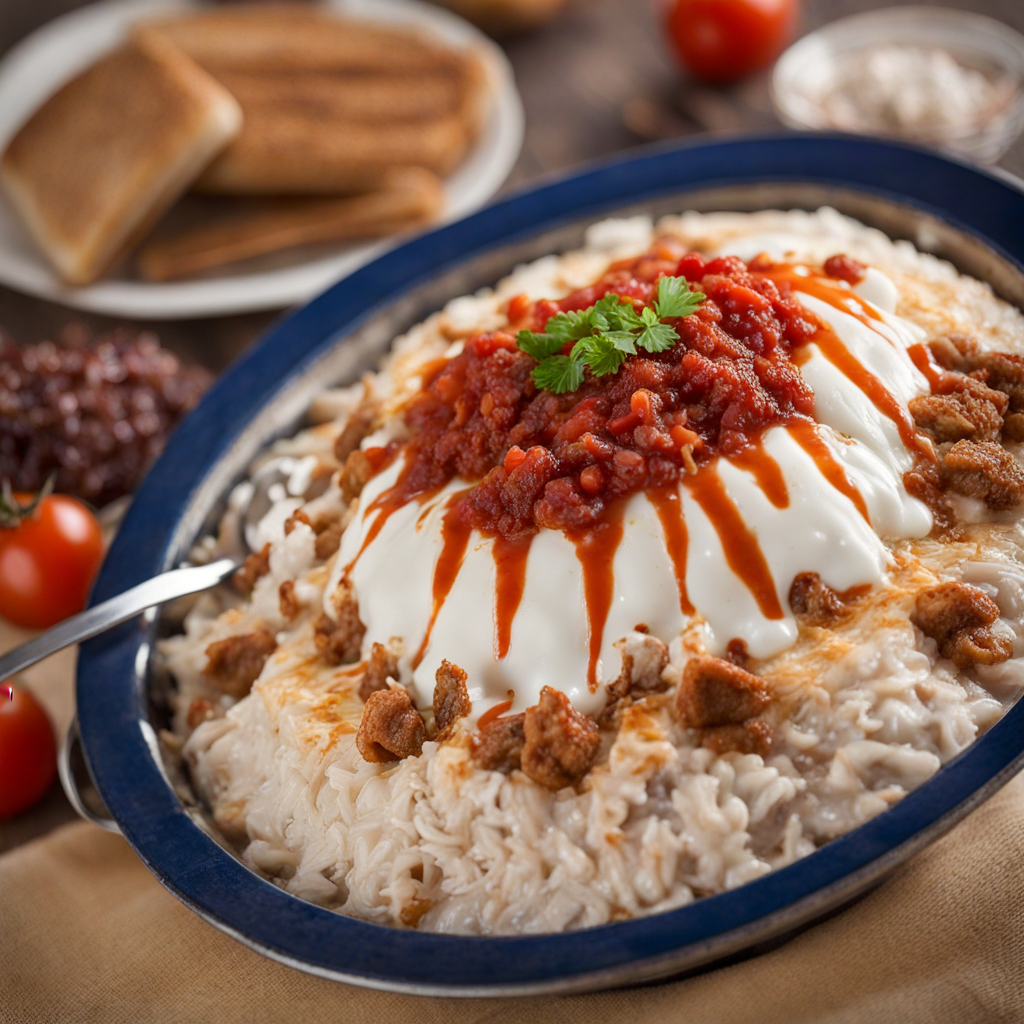Goulash
Goulash, a beloved dish in Egyptian cuisine, is a hearty stew that combines rich flavors and tender ingredients. Traditionally made with slow-cooked beef or lamb, the meat is simmered until it becomes melt-in-your-mouth tender. The key to this dish lies in its robust seasoning, which often includes a medley of spices such as cumin, coriander, and paprika, lending a warm and aromatic quality to the stew. The use of fresh herbs like parsley and cilantro enhances the dish, providing a burst of freshness that balances the richness of the meat. In addition to the meat, Egyptian Goulash is typically enriched with a variety of vegetables, including carrots, potatoes, and bell peppers. These vegetables not only add depth and texture to the stew but also absorb the flavorful broth, creating a comforting dish that is both satisfying and nourishing. The slow cooking process allows the flavors to meld beautifully, resulting in a dish that is perfect for sharing with family and friends, often served during gatherings or special occasions. What sets Egyptian Goulash apart from its counterparts in other cultures is the inclusion of a tangy tomato sauce that envelops the stew, creating a slightly sweet and savory profile. This sauce is often enhanced with the addition of garlic and onion, which contribute to the overall depth of flavor. Served alongside fluffy rice or warm, crusty bread, Egyptian Goulash is not just a meal; it’s an experience that offers a taste of the country’s rich culinary heritage, inviting you to savor every comforting bite.
How It Became This Dish
The History of جلاش (Goulash) in Egypt: A Culinary Journey Through Time Introduction جلاش, or Goulash, is a beloved dish that holds a special place in Egyptian cuisine. While the name "Goulash" often evokes images of a hearty stew, in the context of Egypt, it refers to a unique pastry made from thin layers of dough, traditionally filled with a variety of ingredients. This culinary gem has a rich history, intertwined with cultural significance and evolving preparation methods that reflect the broader tapestry of Egyptian food culture. Origins of جلاش The origins of جلاش can be traced back to the Ottoman Empire, which had a profound impact on the culinary traditions of the regions it ruled, including Egypt. The word "goulash" itself is derived from the Turkish word "yufka," referring to thin sheets of dough. This style of pastry-making made its way from the kitchens of the Ottoman palaces to the streets of Cairo. The introduction of layered pastries into Egypt coincided with the rise of the Mamluk Sultanate in the 13th century, which further spread the love for sophisticated cooking techniques. These pastries became popular among the elite, often enjoyed during lavish banquets. Over time, goulash evolved from a dish of the aristocracy to a staple of Egyptian home cooking, highlighting its adaptability and enduring popularity. Cultural Significance جلاش is more than just a dish; it is a symbol of hospitality and celebration in Egyptian culture. It is commonly served during festive occasions, family gatherings, and religious celebrations, such as Eid al-Fitr and Eid al-Adha. The preparation of جلاش often involves the participation of multiple family members, making it a communal activity that strengthens bonds and fosters a sense of togetherness. In addition to its role in celebrations, جلاش also serves as a comforting food for everyday meals. Its versatility allows for a range of fillings, from savory to sweet, making it suitable for various occasions. This adaptability speaks to the resourcefulness of Egyptian home cooks, who often modify recipes based on available ingredients or personal preferences. Development Over Time As جلاش made its way through history, its preparation and presentation have evolved, influenced by regional ingredients and culinary innovations. Traditionally, جلاش consists of thin layers of dough filled with a mixture of minced meat, spices, and sometimes vegetables. The dish is often baked until golden brown and served hot, accompanied by a side of yogurt or salad. In the mid-20th century, the introduction of commercially produced phyllo dough revolutionized the preparation of جلاش. This ready-made dough simplified the cooking process, making it more accessible to home cooks. As a result, جلاش gained even more popularity, becoming a common feature in both urban and rural households across Egypt. The fillings of جلاش have also diversified over time. While minced meat remains a classic choice, many variations now include chicken, cheese, spinach, and even sweet fillings like nuts and sugar. This adaptability has allowed جلاش to maintain its relevance in contemporary Egyptian cuisine, where innovation coexists with tradition. Regional Variations As جلاش spread throughout Egypt, it also gave rise to regional variations that reflect local tastes and ingredients. For instance, in Alexandria, جلاش may be prepared with a seafood filling, showcasing the city’s coastal heritage. In Upper Egypt, some families might incorporate local spices or use lamb instead of beef, adding a unique twist that reflects their regional identity. In addition to these variations, the method of serving جلاش has also evolved. While it was traditionally served as a whole pie, modern interpretations often present individual portions, making it easier to share at gatherings or parties. This shift has also led to the dish being featured in restaurants and catering services, where it is often presented alongside other traditional Egyptian dishes. جلاش in Contemporary Cuisine In today’s culinary landscape, جلاش has transcended its humble origins to become a celebrated dish not only in Egypt but also in Middle Eastern restaurants worldwide. Chefs and home cooks alike continue to experiment with the dish, incorporating new flavors and techniques. Fusion variations, such as جلاش with spicy Asian sauces or Mediterranean herbs, are becoming increasingly popular, showcasing the dish’s versatility and global appeal. Moreover, جلاش has found its way into the world of street food, with vendors offering quick and tasty versions for those on the go. This shift highlights the enduring love for the dish and its ability to adapt to modern eating habits. Conclusion The history of جلاش in Egypt is a testament to the resilience and creativity of Egyptian cuisine. From its Ottoman roots to its status as a symbol of family and celebration, جلاش has evolved while remaining deeply embedded in the cultural fabric of Egypt. Its versatility, both in filling and preparation, ensures that it continues to delight palates across generations. As we enjoy this delicious pastry today, we are not just tasting a dish; we are partaking in a rich history that reflects the culinary traditions and communal spirit of the Egyptian people. Whether served at a festive gathering or enjoyed as a comforting meal at home, جلاش remains a cherished staple, reminding us of the power of food to connect us with our heritage and each other.
You may like
Discover local flavors from Egypt


